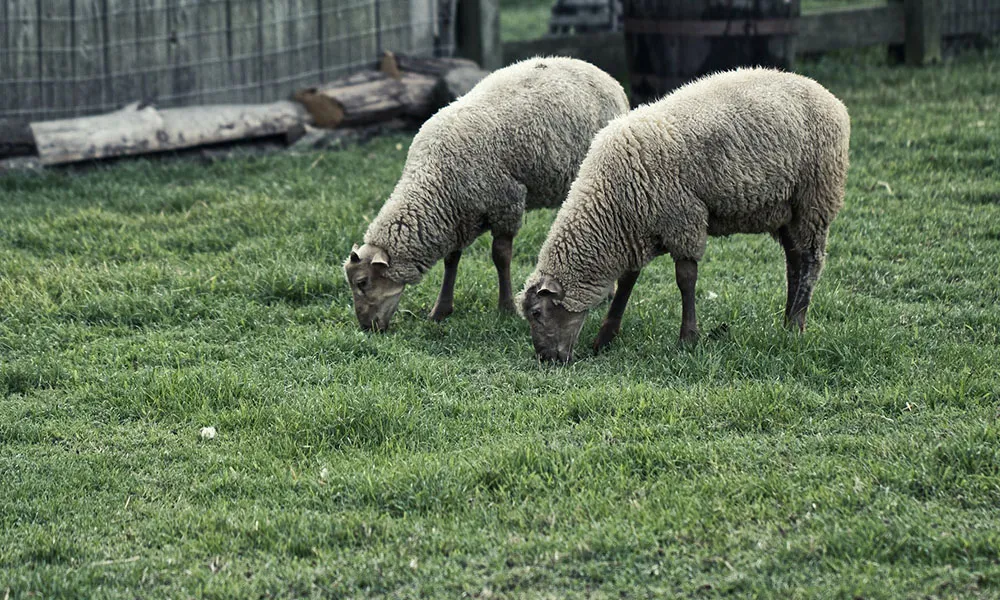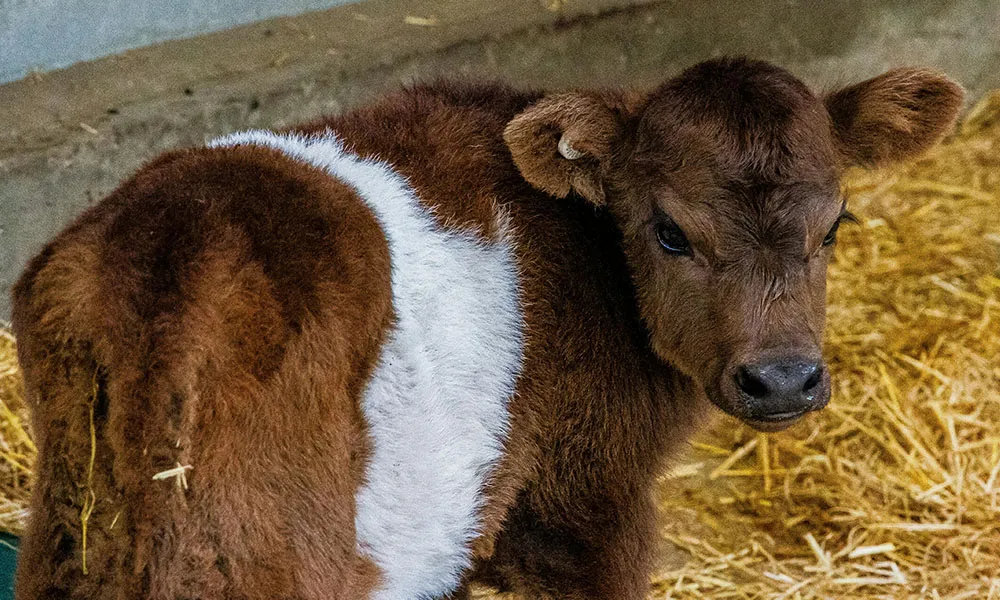
The End of the Harvest Season?
Today is the last day of October. Traditionally, this time of year represented the end of the harvest season and, with it, the farming (growing!) season. In other words, it is winter from here on in.
On sheep farms, these days around Halloween tend to be significant ones in the calendar. In many parts of the country, it is traditional for the ram to be introduced to the ewes on the first of November. The official arrival of winter also means that most of us will be giving some consideration to fodder management and housing provision for the coming months.
It is hard to overstate the importance of ensuring that you have adequate feed and shelter to see your flock safely to the spring. The provision of abundant nutrition and shelter for pregnant ewes, in particular, will be key to delivering successful outcomes at the next lambing season. The last thing you want is to end up short of fodder in February, when ewes are in their final trimester.
Fodder Management
It is essential that you take stock of your existing winter feed supplies and assess this against what you are likely to need. You need to consider what grass you still have available, and how long you expect to be able to continue with outdoor grazing. In many places, farmers will continue to graze until well into December, although grass may need to be supplemented with silage or concentrate.
Once you have made your calculations, you will know if you already have enough fodder to get your animals through the winter. If you find that you are short, you need to take action immediately. You may do this in a number of ways, such as:
- Buying more fodder
- Selling some animals (if possible)
- Expanding your winter grazing sites
- Baling additional pasture for silage (if possible)
Experts generally recommend that you test all silage for quality, as some silage may be of poor quality and lacking in nutritional value. To do this, you will need to send silage samples to a laboratory. If the results of these tests indicate nutritional deficiencies, you may need to supplement with a mineral bolus or drench.
Winter Housing
Again, the provision of clean, safe and secure housing for pregnant ewes will significantly improve your prospects at lambing season.
In particular, it is important to conduct a full review of all ewe housing facilities at this time of year. Mend or replace any facilities in need of repair, and make sure that all houses are thoroughly cleaned out and all surfaces disinfected. In addition, you should ensure that facilities are dry and well ventilated, but not drafty. Provide plenty of good quality straw for bedding (if you are bedding with straw).
Water troughs should be cleaned and checked for leaks. Drinkers should be placed at a height that prevents soiling but allows sheep to access the water easily. A height of around 60cm is usually recommended for ewes.
It is important to take all reasonable precautions when it comes to electricity in sheds. You should have a qualified electrician look over all sockets and switches, to ensure that wiring is safe.











